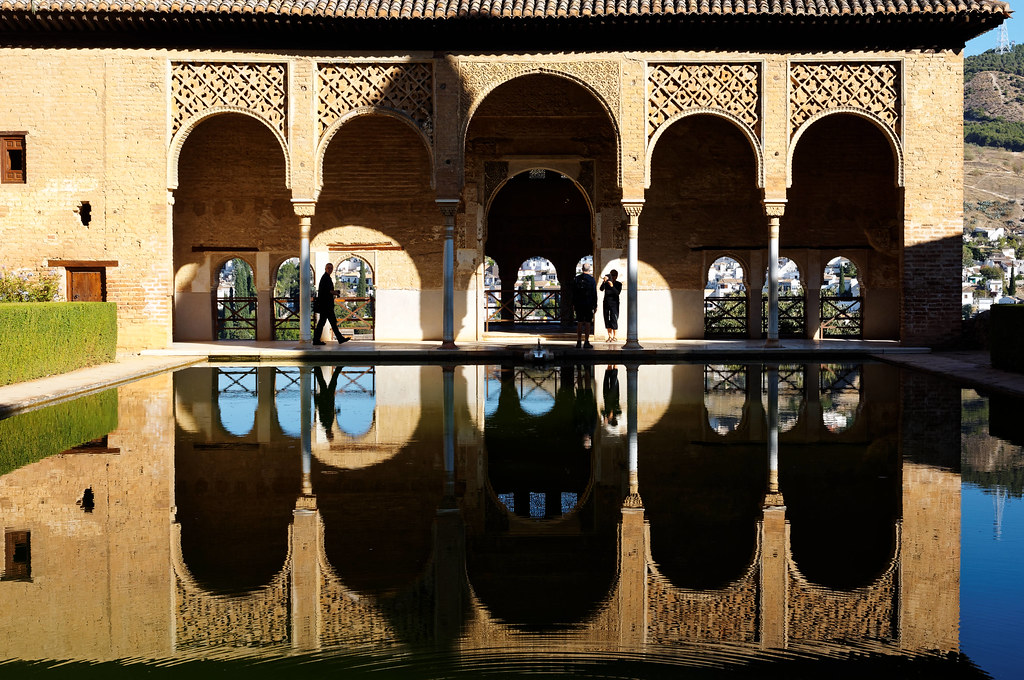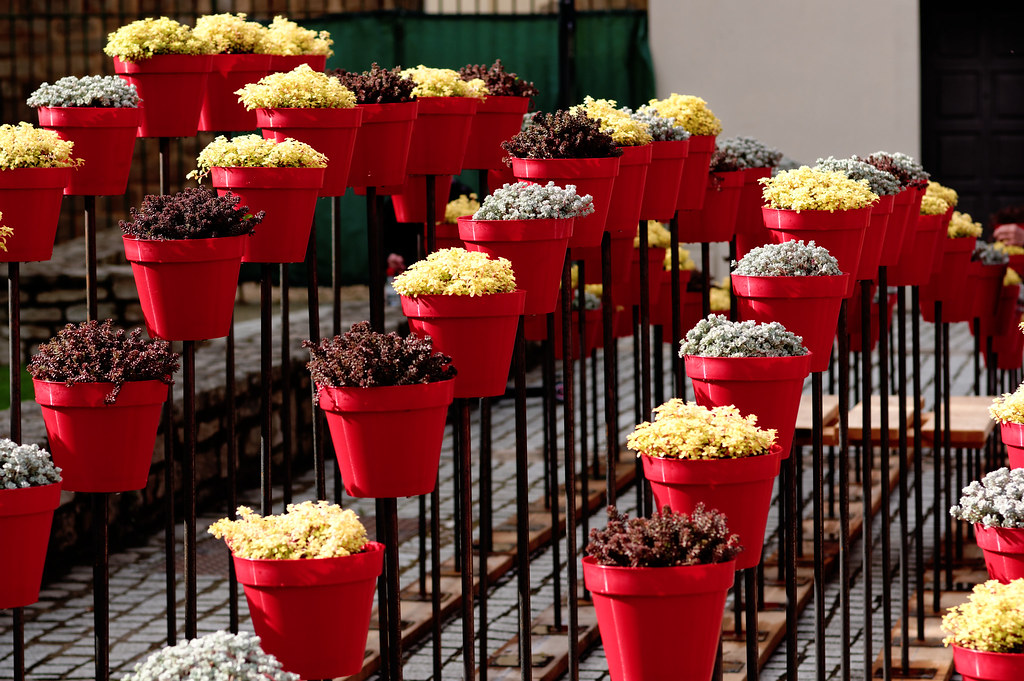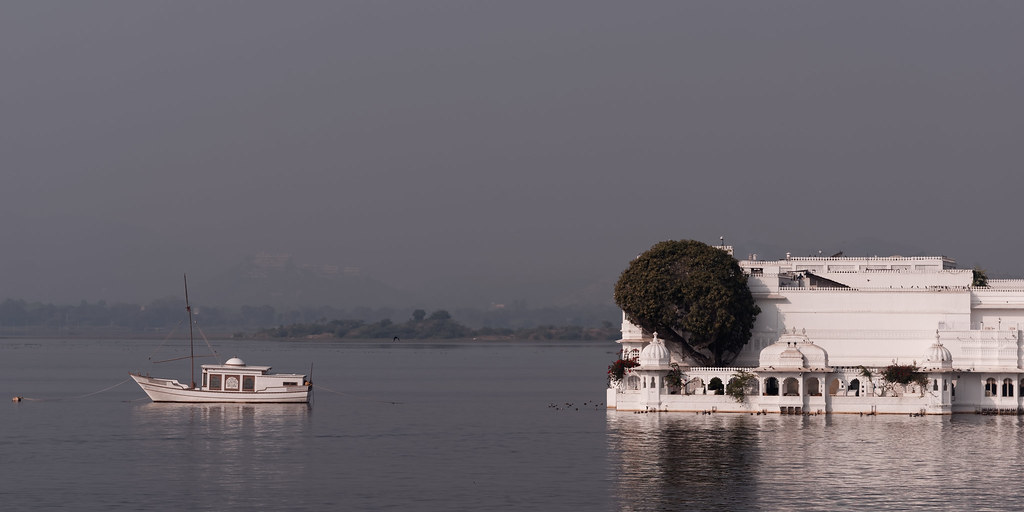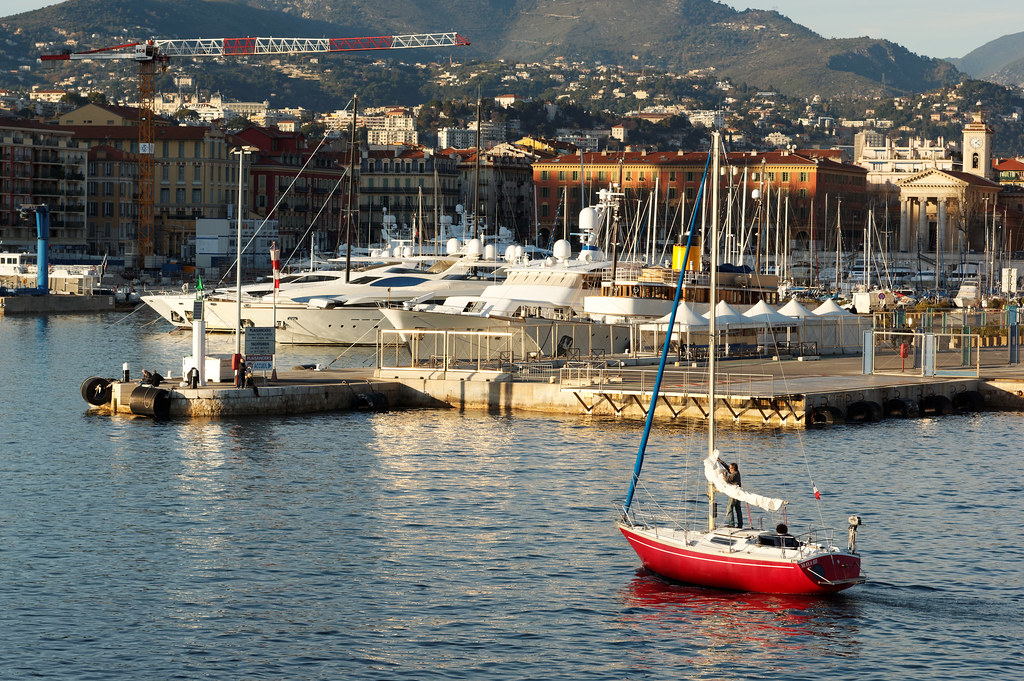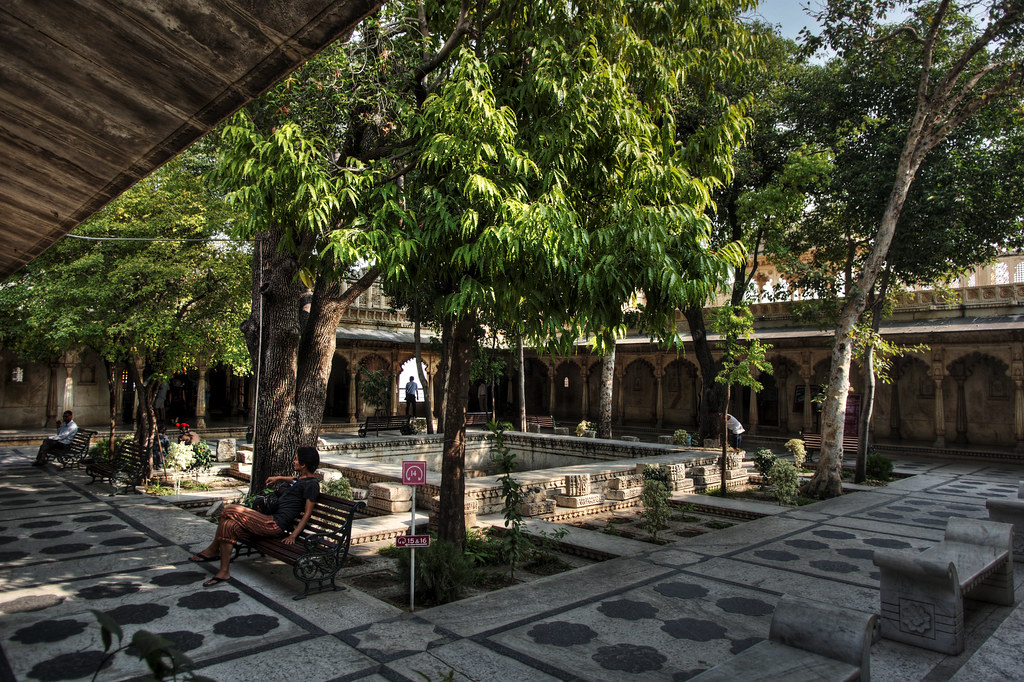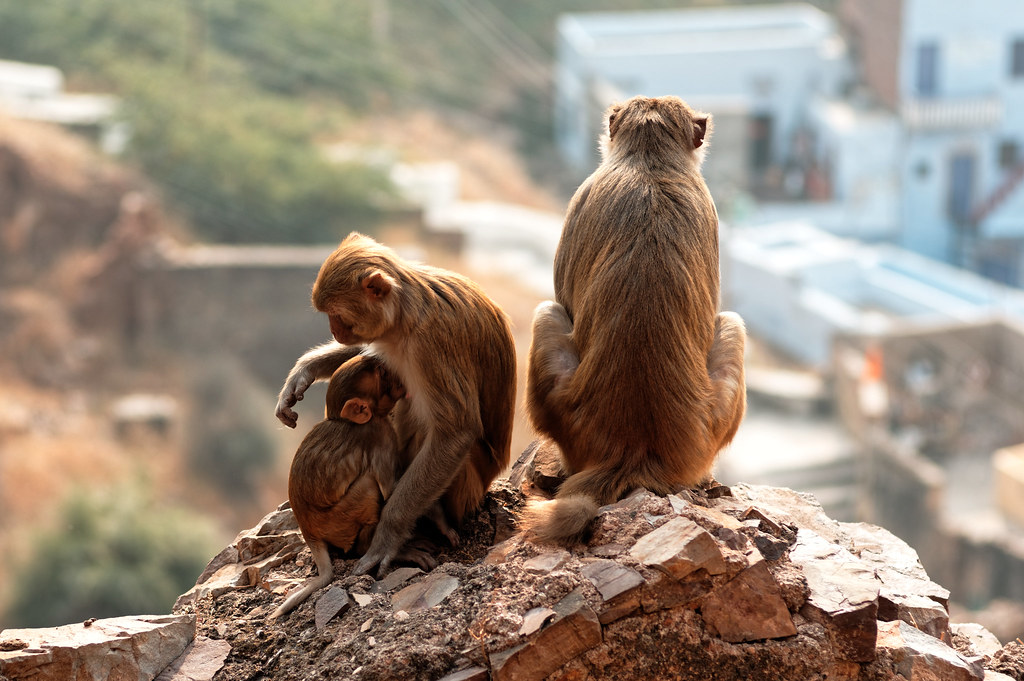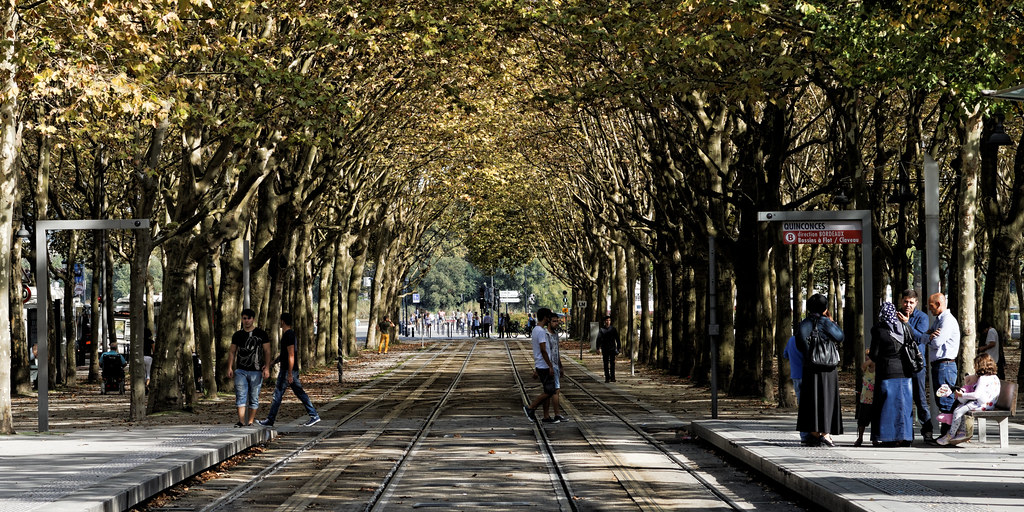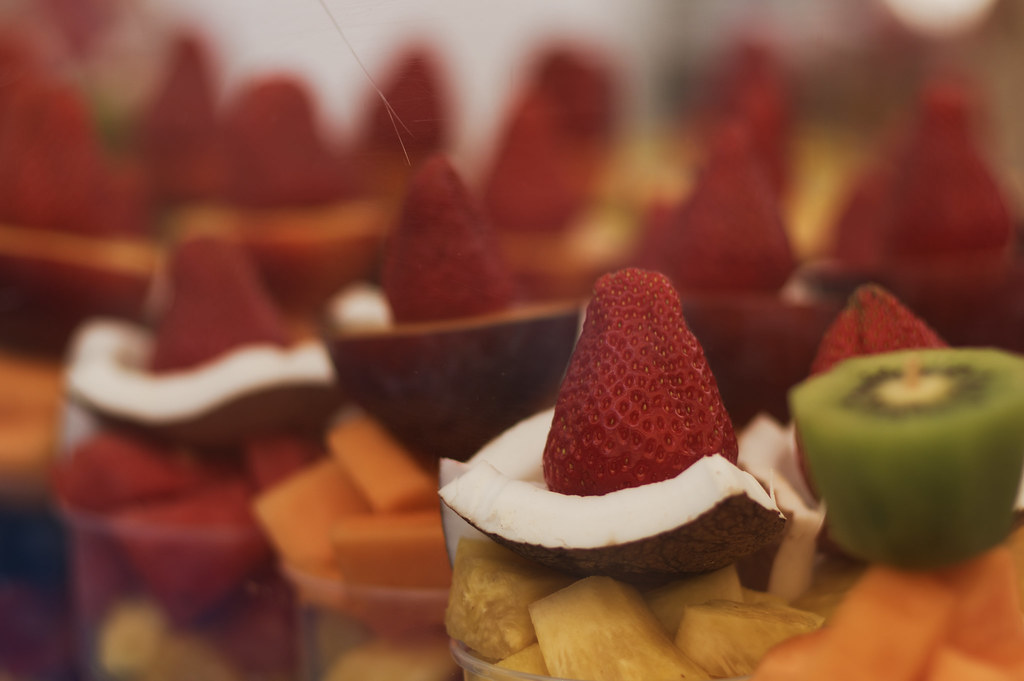Well, I have to confess to being a JPG shooter myself. I do my processing with GIMP (and focus stacking with Zerene), and I keep it fairly minimal. I'm aware that there's a lot more info in the RAW file, but every time I've tried to parallel process both the RAW and the OOC JPG, the processed OOC JPG has always come out much better. So I mostly shoot JPG only now, but I do see some shots where the shadows get very noisy or there's some banding. I see the "brittleness" in the JPG, and at those times I wish I had a RAW file and the expertise to get the most out of it. But to me it's a question of where you invest your energy (with limited time) to make your craft progress. I may eventually move to RAW development once I feel that is where investing time (and/or money) will make a big difference to my photography.
 Originally posted by asp1880
Originally posted by asp1880 
But the JPEG engine offers some tools too.
You should always expose for the highlights of course.
- You can enable highlight protection for that extra stop of highlight headroom.
- You can use shadow protection on mid or max to lift the shadows.
- You can use the high/low key slider to lift the midtones.
- You can use the contrast slider to lower contrast - that also helps to manage the scene DR.
In total, all those tricks can lift the shadows around 2.5 stops in camera.
To make it work in camera you need the time to eyeball the scene contrast. And you need
practice with the JPEG engine to set it up before the exposure.
Thanks, this is very useful! But could you provide a few details with respect to terminology? I see two places in the menus where all this lives (I have a K-3), and the terms in there don't quite line-up with your post.
1) About "shadow protection". Camera Menu 2 -> D(ynamic)-Range Settings. There the two submenus are "Highlight Correction" and "Shadow Correction". When you talk above about "shadow protection", you mean this Shadow Correction, right? There are five possible values there (Off, Auto, Low, Mid and High), and I think that's what you're talking about.
2) About "highlight protection". Not sure what you are talking about. It could also be in the same place: Camera Menu 2 -> D(ynamic)-Range Settings -> Highlight Correction. But the only possible values for me are "Auto" or "Off", with a default to Auto. So I don't see anything that I can tweak here. But see the third point for another possible meaning.
3) In the Custom Image settings for your choice of profile. I use Natural, and in there, I can adjust seven different parameters. (If your camera shows only five, use the front wheel to get the expanded options.) They are, in order: Saturation, Hue, High/Low Key Adj, Contrast, Contrast Highlight Adjustment, Contrast Shadow Adjustment, Sharpness. Above, you are talking about using "High/Low Key Adj" to bring up the midtones. This is useful! I did not know that that is what that setting would do. Do you have any advice about what "Contrast Highlight Adjustment" and "Contrast Shadow Adjustment" do? Is that what you mean when you talk about "highlight protection"?
Thanks for any further pointers!


 Similar Threads
Similar Threads 







 But yes you are right -- the image ends up as you want it - it is much more creative.
But yes you are right -- the image ends up as you want it - it is much more creative.